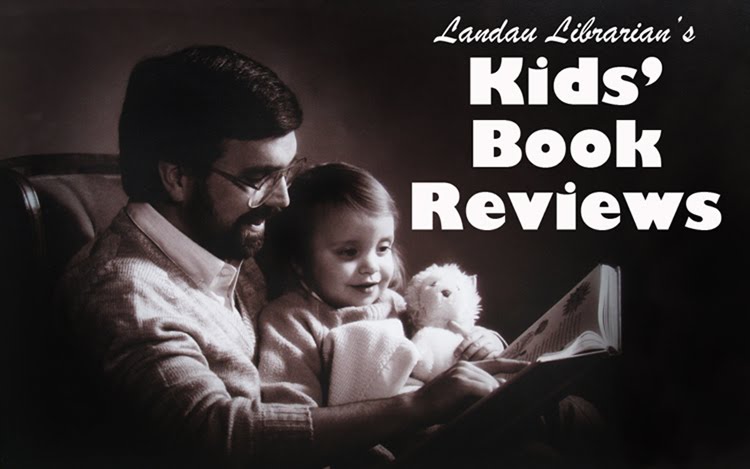

Bill Landau
Evaluating Picture Books Art
Jenkins, Steve. Actual Size. Boston: Houghton Mifflin, 2004.
Steptoe, John. Mufaro’s Beautiful Daughters: An African Tale. New York: Lothrop, Lee & Shepard, 1987.
Anne Frank once said, “The final forming of a person’s character lies in their own hands.” Whether John Steptoe had this sentiment in mind when he illustrated
Mufaro’s Beautiful Daughters is uncertain, but the parallels between this quote and the message and illustrations of this book are strikingly similar.
Over half the illustrations in Steptoe’s Caldecott Honor Book prominently feature hands, many in an outreached, beckoning gesture. With a little artistic liberty, one could imagine this was an intentional effort used to convey the message that the good and pure-hearted Nyasha chose to form her own character by the power of her own hands. Her sister Manyara’s deeds were self-serving and condescending to others and never had a chance at winning “the most worthy and beautiful daughter” award. Both chose their own fate.
Aside from these interpretations of Steptoe’s illustrations, the book is a work of art in itself. Each page is a picture-frame-worthy masterpiece. In regards to composition, a dominant feature in Steptoe’s work is the rich texture he achieves with crosshatch pen lines. This technique gives the illustrations depth and a painterly quality. He also uses contrast to his advantage. Choose any random page in this book, hold it at arm’s length and squint at the picture. You will see the strong contrasts between light and dark that make the eye drift to the intended points of interest.
Steptoe’s style is very realistic, some scenes appearing to be have been closely copied from photographs. Yet, the dramatic lighting and the rich texture almost gives some of the illustrations a surrealistic treatment. The scene where Nyoka has just changed from a snake into the king has the greatest impact. His dark skin, contrasted by the folded white fabric of his garment, makes this an image that leaps from the page.
Actual Size is a completely different, but equally impressive effort by artist Steve Jenkins. The oversized book’s most intriguing element is the “in your face” reality of seeing just how large (and how small) some creatures really are. These illustrations not only yearn to be looked at but to be “brailed”. To hold one’s hand on top of the life-sized replica of a Goliath birdeater tarantula is a thrill the reader will likely not likely experience in person.
The illustration medium is cut-out textured, painted paper. While the same concept of the book could have been carried out using photographs of the wildlife, Jenkins’ illustrations provide even more depth than the camera could capture. For example, the double page spread of a Siberian tiger is much more vivid and detailed than any photo could capture, and is thus more graphically pleasing.
Both of the books reviewed here deserve a place on the shelves of every library.
























